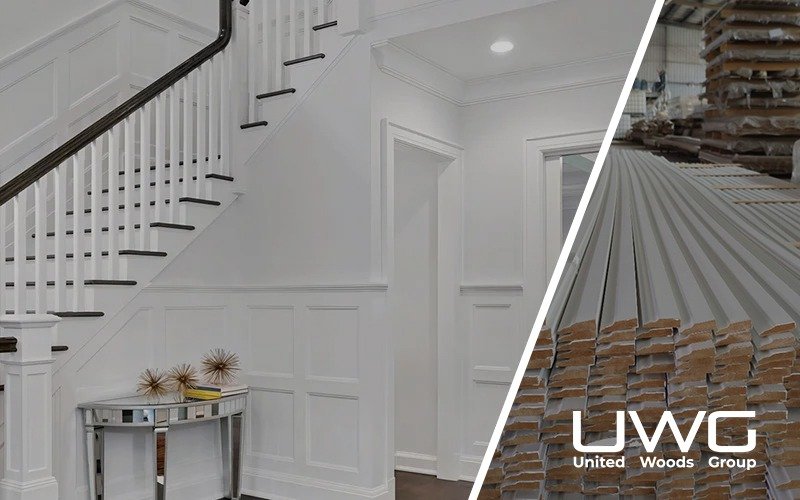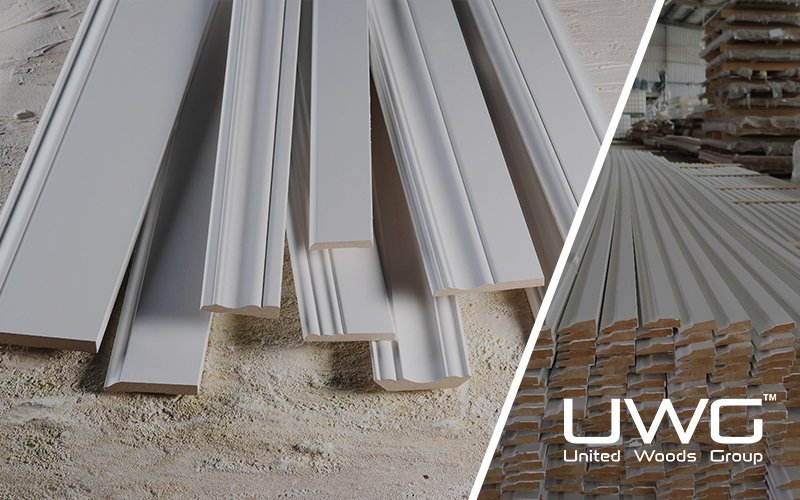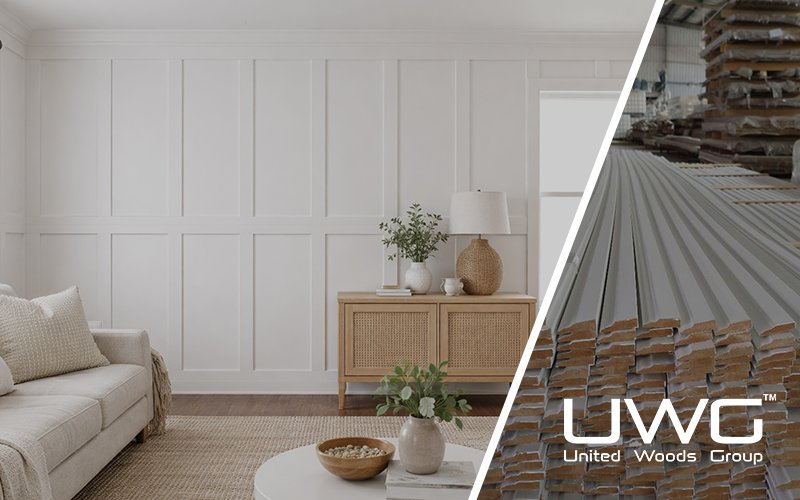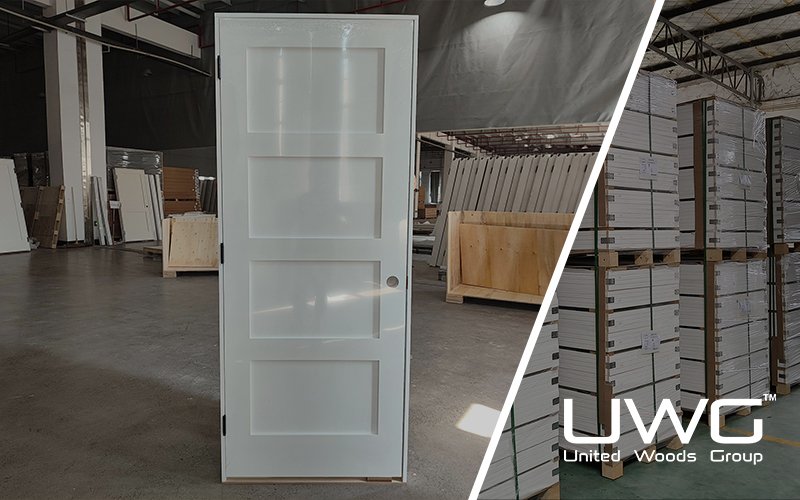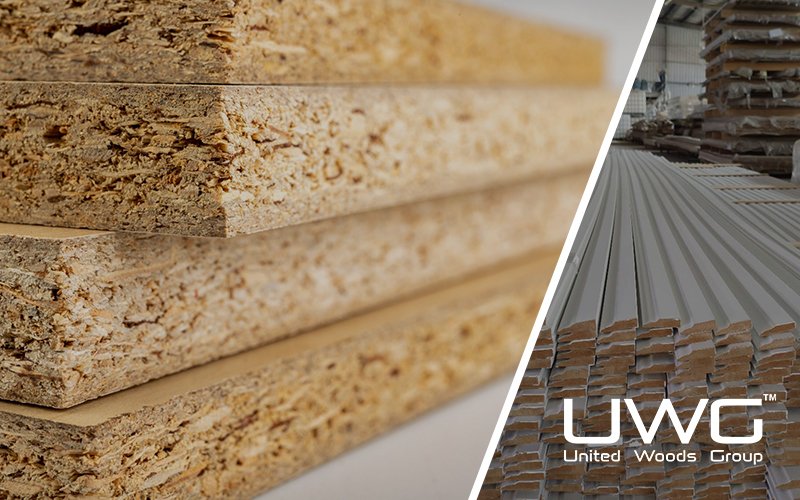Choosing the right door casing can define a room’s entire look—or ruin it. Whether you’re sourcing for a project or advising clients, mismatched trim screams amateur. Let’s break down how to choose, match, and install door casings that elevate every design and fit every budget.
When choosing door frame&moudings, you should first match them according to the overall style of the space and the style and proportion of the existing skirtings and cornices. Simple modern styles are suitable for right-angled and smooth mouldings, while traditional or ornate styles are suitable for colonial styles with rich carvings. In terms of materials, if your budget is limited, you can choose economical MDF, and if you pursue natural texture, pine is recommended. The color should be coordinated with the wall or other decorations. Light colors can create a sense of unity, while contrasting colors enhance the visual hierarchy. Follow the “50% rule” when installing, that is, the height of the door frame moulding is about half of the skirting to ensure a coordinated proportion. It is recommended to make a sample to confirm the effect when purchasing in bulk, and choose a line of appropriate width according to the size of the door and the height of the space to achieve a beautiful and practical effect.
Now let’s explore everything from material comparisons to matching rules and smart installation strategies tailored for contractors and wholesalers.
Do baseboards and door casings have to match?
While they don’t have to match exactly, coordination is key. A clean transition between baseboard and casing creates visual flow. Matching styles—like pairing colonial baseboards with colonial casings—results in a polished, high-end look. Contrasting elements can work too, especially in modern or eclectic spaces, but should feel intentional.
Tip for wholesalers*: Recommend trim kits that bundle baseboard and casing profiles. They’re easy to upsell and simplify decision-making for contractors.

What kind of trim do you put around doors?
The most common type is doorway casing, used to conceal the gap between the wall and the jamb. Popular profiles include:
- Butted casing: Clean, modern edges that work well with minimalistic styles.
- Colonial casing: Classic and versatile for both modern-traditional blends.
- Backband casing: Adds depth—ideal for upscale projects.
Contractor insight*: Stick to standard 2¼” or 3¼” widths for residential projects. Oversized casings work better in high-ceiling spaces.

What is the rule for baseboard and door trim?
The 50% rule is your friend: door casings should be roughly half the height of the baseboard for proportional balance. For example, a 5-inch baseboard pairs best with a 2½-inch casing.
Pro tip: Always mock up a sample on-site or use a digital rendering to confirm the aesthetic before bulk ordering.
Should door trim be lighter or darker?
Trim color plays a big role in mood:
- Match trim to wall color for a seamless look (great for contemporary design).
- Use contrasting white or black casing for high visual impact and framing.
Designer advice: Pine casings take stain well, offering a warm, natural look. MDF is better suited to painted finishes and uniform color schemes.
MDF vs Pine: Which casing material is right for your project?
Let’s break down the key differences:
| Feature | MDF | Pine |
|---|---|---|
| Cost | Affordable | Mid-to-high |
| Paintability | Excellent | Very good |
| Stain finish | Not recommended | Excellent |
| Durability | May chip if mishandled | More durable, especially when sealed |
| Moisture resistance | Poor | Fair (with treatment) |
MDF is perfect for budget interiors and large developments. Pine is preferred in custom homes or projects requiring a natural wood finish.

Style Matching: Modern, Butted, and Traditional Door Casings
Here’s how to match casings to popular interior styles:
Modern: Butted edges, square reveals, minimalist.
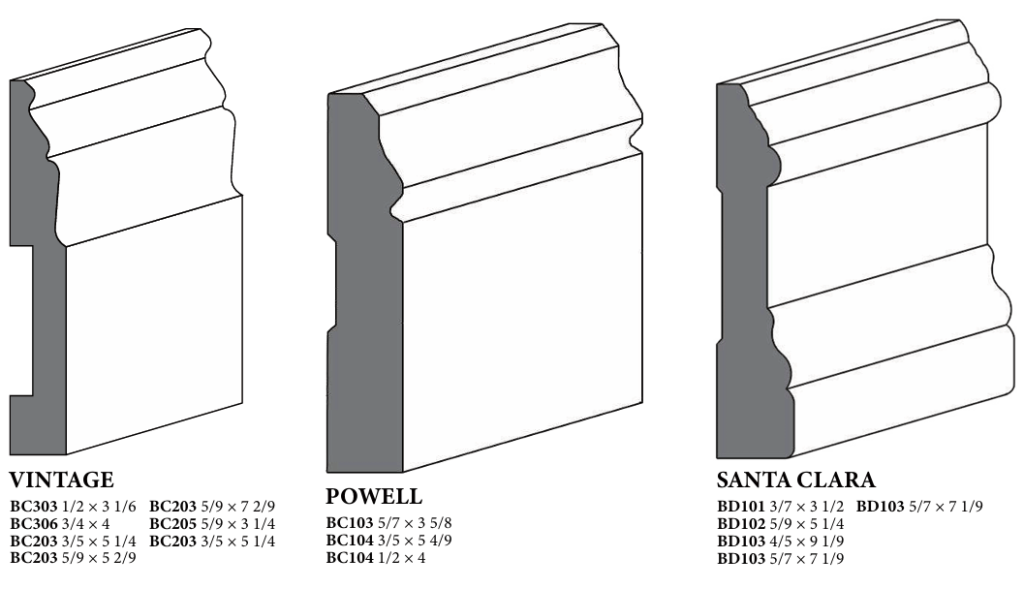
Traditional: Colonial or ornate profiles with curves and stepped edges.
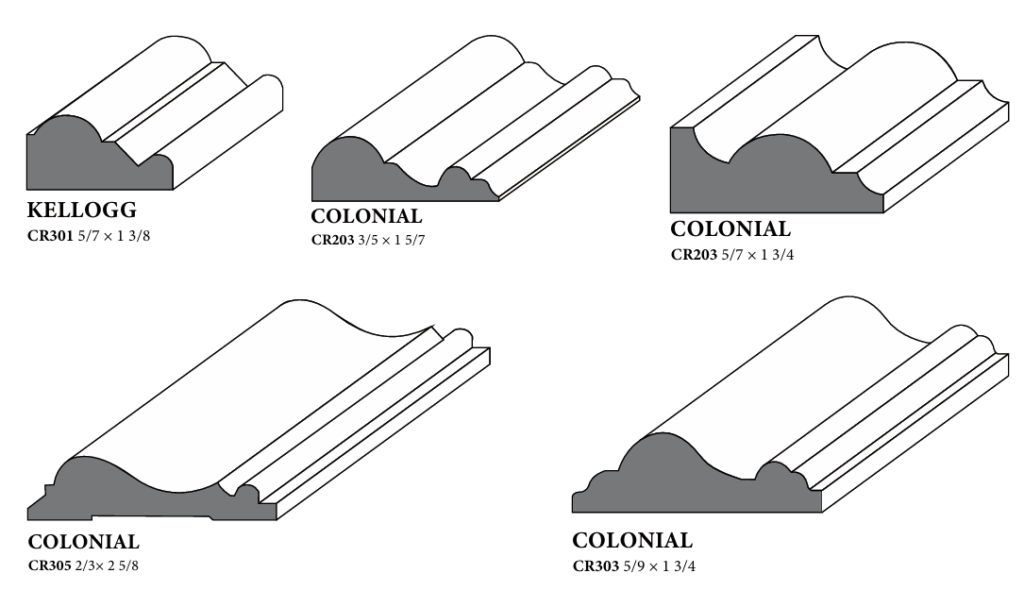
Transitional: A mix of modern and traditional—use wider, flat-faced casings.

Interior Door Trim Moulding Ideas for Wholesalers
As a wholesaler, stock what builders are buying:
- Modern interior door trim ideas: Sleek MDF options, matte white finishes.
- Traditional: Finger-jointed Pine, layered backband trim.
- Transitional: Medium-width profiles that blend aesthetics.
Bundle popular moulding sets that include casings, baseboards, and crown trims. Offer volume discounts and feature boards with “Interior door trim styles pictures” to help contractors upsell.
Choosing the right casing boosts design quality and resale value. Whether you’re installing it yourself or supplying to pros, understanding materials, style rules, and install tips makes a real difference. Got a tip or favorite profile? Share it with us—we’d love to hear from you!

